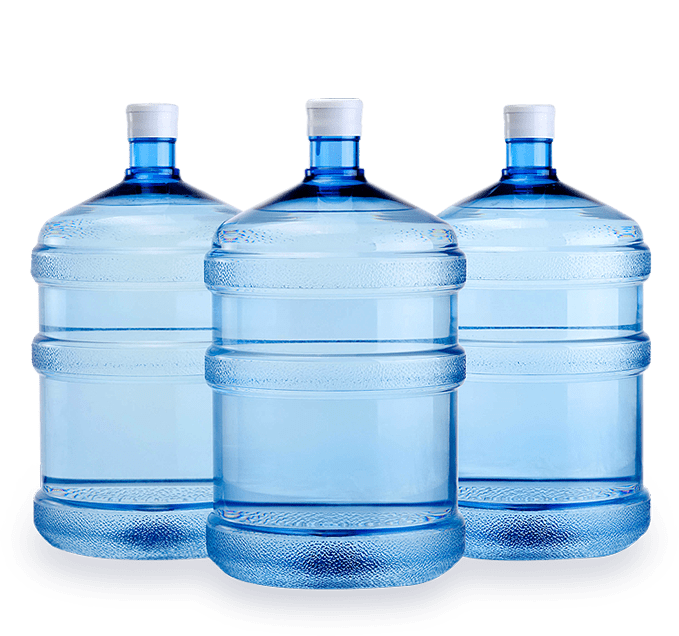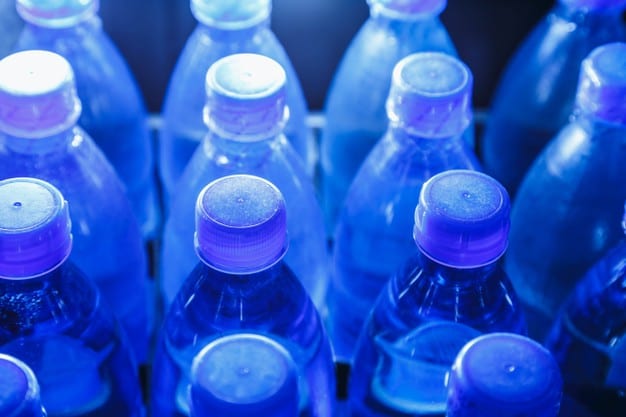Plastic water bottles alternative
Reverse Osmosis water filters provide a portable alternative for those who don’t like to drink from plastic bottled water – because of the taste or the environmental effects – and can’t quite bring themselves to trust the stuff from their kitchen taps.
If the idea of drinking from plastic leaves a bad taste in your mouth, but you are not convinced of tap water quality, there is a range of filtering options on the market , Those may include cartridge filters, carbon filters, ceramic filters, and units that use ultraviolet light to kill bacteria.
Why does people don't prefer using bottled water
- Expenses: Bottled water is more expensive than tap water. While tap water is available for pennies per day, bottled water can cost up to 100 times more.
- Health concerns: Bottled water can still create health problems and might still have contaminants in it.
- Environmental impact: Bottled water creates a recycling problem for most communities. While bottles can be recycled, many people still dispose of them carelessly after use, which can harm the environment

Benefit of using reverse Osmosis
- Reverse osmosis is a water treatment method that removes impurities from water, making it safe and clean to drink. It can eliminate up to 99% of many common contaminants, including lead, chlorine, salts, and chemicals.
- Using a residential reverse osmosis system under the sink offers numerous benefits, such as high-quality drinking water, improved taste and odor, and health benefits2.
- Reverse osmosis systems significantly improve the taste and odor of tap water by removing unpleasant substances that may alter its flavor.
- Under-sink reverse osmosis systems are convenient and cost-effective. They provide a continuous supply of drinking water with high pureness.
reverse Osmosis Vs Bottled Water
Factor
Reverse Osmosis
Bottled Water
Cost
More cost-effective in the long run. Provides a continuous supply of drinking water with a high level of pureness.
More expensive than tap water. Can cost up to 100 times more.
Health
It can remove up to 99% of common contaminants, providing clean and safe drinking water.
Still, it can create health problems and might still have contaminants in it, especially if stored under the Sun or kept open for long time.
Environment
Reduces plastic waste from single-use plastic bottles.
Creates a recycling problem for most communities.

